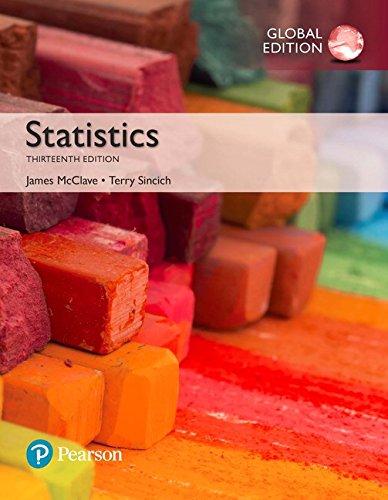Packaging of a childrens health food. Refer to the Journal of Consumer Behaviour (Vol. 10, 2011) study
Question:
Packaging of a children’s health food. Refer to the Journal of Consumer Behaviour (Vol. 10, 2011) study of packaging of a children’s health food product, Exercise 8.42 (p. 419). Recall that a fictitious brand of a healthy food product—sliced apples—was packaged to appeal to children (a smiling cartoon apple on the front of the LO5 package). The researchers compared the appeal of this fictitious brand to a commercially available brand of sliced apples that was not packaged for children. Each of 408 schoolchildren rated both brands on a 5-point
“willingness to eat” scale, with 1 = “not willing at all”
and 5 = “very willing.” The fictitious brand had a sample mean score of 3.69, while the commercially available brand had a sample mean score of 3.00. The researchers wanted to compare the population mean score for the fictitious brand, mF, to the population mean score for the commercially available brand, mC. They theorized that mF will be greater than mC.
a. Specify the null and alternative hypothesis for the test.
b. Explain how the researchers should analyze the data and why.
c. The researchers reported a test statistic value of 5.71. Interpret this result. Use a = .05 to draw your conclusion.
d. Find the approximate p-value of the test.
e. Could the researchers have tested at a = .01 and arrived at the same conclusion?
Step by Step Answer:





